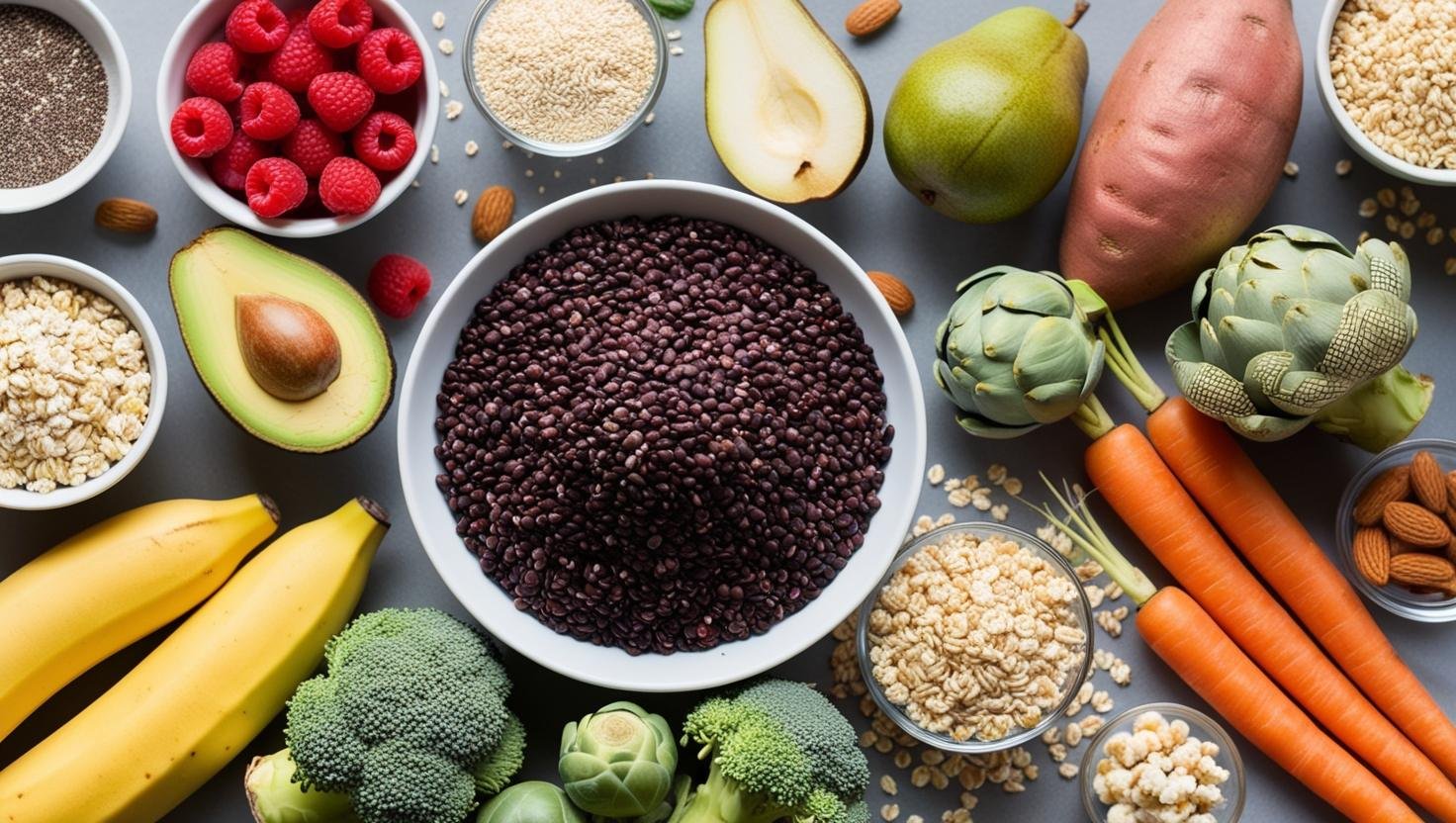20 Fiber-Richest Foods: Your Essential Guide to Better Health
Table of Contents
Introduction
Have you ever heard the saying, “You are what you eat”? When it comes to fiber, this couldn’t be more true. Fiber is an essential nutrient often overlooked in many diets, but it plays a critical role in keeping your body functioning at its best. From helping digestion to managing weight, fiber is a superstar. So, if you’re looking to improve your overall health, this guide to the top 20 fiber-richest foods is exactly what you need.
What is Fiber?
Fiber is a type of carbohydrate that the body cannot digest. Unlike other carbs that are broken down into sugars, fiber passes through the digestive system relatively intact. It’s crucial because it helps regulate the body’s use of sugars, keeping hunger and blood sugar in check.
Types of Fiber: Soluble and Insoluble
Fiber comes in two forms: soluble and insoluble. Soluble fiber-richest foods dissolve in water and form a gel-like substance that can help lower cholesterol and glucose levels. Insoluble fiber doesn’t dissolve, promoting the movement of material through your digestive system, and making it great for preventing constipation.
Why Fiber is Important for Health
Digestive Health
One of the biggest benefits of fiber is how it supports digestive health. It adds bulk to stool, making it easier to pass, and helps prevent constipation.
Weight Management
Fiber-richest foods are often more filling than low-fiber options. They slow down digestion and make you feel fuller longer, which can help with weight control.
Heart Health
Eating fiber-richest foods can improve your heart health by lowering cholesterol levels, which reduces your risk of heart disease.
Blood Sugar Regulation
Fiber, especially soluble fiber, slows the absorption of sugar, which can help keep blood sugar levels in check—especially important for people with diabetes.
Top 20 Fiber-Richest Foods:
| Food | Fiber Content (per serving) | Serving Size | Recommended Daily Fiber Intake |
| 1. Chia Seeds | 10 grams | 1 ounce (28 grams) | Children (1-13): 19-31g, Teens (14-19): 26-38g, Adults (18+): 21-38g |
| 2. Lentils | 15 grams | 1 cup (cooked) | Children (1-13): 19-31g, Teens (14-19): 26-38g, Adults (18+): 21-38g |
| 3. Black Beans | 15 grams | 1 cup (cooked) | Children (1-13): 19-31g, Teens (14-19): 26-38g, Adults (18+): 21-38g |
| 4. Oats | 4 grams | 1 cup (cooked) | Children (1-13): 19-31g, Teens (14-19): 26-38g, Adults (18+): 21-38g |
| 5. Avocados | 10 grams | 1 medium avocado | Children (1-13): 19-31g, Teens (14-19): 26-38g, Adults (18+): 21-38g |
| 6. Raspberries | 8 grams | 1 cup | Children (1-13): 19-31g, Teens (14-19): 26-38g, Adults (18+): 21-38g |
| 7. Artichokes | 10 grams | 1 medium artichoke | Children (1-13): 19-31g, Teens (14-19): 26-38g, Adults (18+): 21-38g |
| 8. Pears | 6 grams | 1 medium pear | Children (1-13): 19-31g, Teens (14-19): 26-38g, Adults (18+): 21-38g |
| 9. Barley | 6 grams | 1 cup (cooked) | Children (1-13): 19-31g, Teens (14-19): 26-38g, Adults (18+): 21-38g |
| 10. Sweet Potatoes | 4 grams | 1 medium sweet potato (cooked) | Children (1-13): 19-31g, Teens (14-19): 26-38g, Adults (18+): 21-38g |
| 11. Almonds | 3.5 grams | 1 ounce (about 23 almonds) | Children (1-13): 19-31g, Teens (14-19): 26-38g, Adults (18+): 21-38g |
| 12. Broccoli | 5 grams | 1 cup (cooked) | Children (1-13): 19-31g, Teens (14-19): 26-38g, Adults (18+): 21-38g |
| 13. Quinoa | 5 grams | 1 cup (cooked) | Children (1-13): 19-31g, Teens (14-19): 26-38g, Adults (18+): 21-38g |
| 14. Flaxseeds | 3 grams | 1 tablespoon | Children (1-13): 19-31g, Teens (14-19): 26-38g, Adults (18+): 21-38g |
| 15. Apples | 4.5 grams | 1 medium apple | Children (1-13): 19-31g, Teens (14-19): 26-38g, Adults (18+): 21-38g |
| 16. Chickpeas | 12 grams | 1 cup (cooked) | Children (1-13): 19-31g, Teens (14-19): 26-38g, Adults (18+): 21-38g |
| 17. Brussels Sprouts | 4 grams | 1 cup (cooked) | Children (1-13): 19-31g, Teens (14-19): 26-38g, Adults (18+): 21-38g |
| 18. Bananas | 3 grams | 1 medium banana | Children (1-13): 19-31g, Teens (14-19): 26-38g, Adults (18+): 21-38g |
| 19. Carrots | 3.5 grams | 1 cup (raw, chopped) | Children (1-13): 19-31g, Teens (14-19): 26-38g, Adults (18+): 21-38g |
| 20. Popcorn | 4 grams | 3 cups (air-popped) | Children (1-13): 19-31g, Teens (14-19): 26-38g, Adults (18+): 21-38g |
1. Chia Seeds
Chia seeds are tiny, but they pack a big fiber punch with about 10 grams per ounce. They also contain omega-3 fatty acids, protein, and essential minerals. Sprinkle them on yogurt or blend them into smoothies for a quick fiber boost.

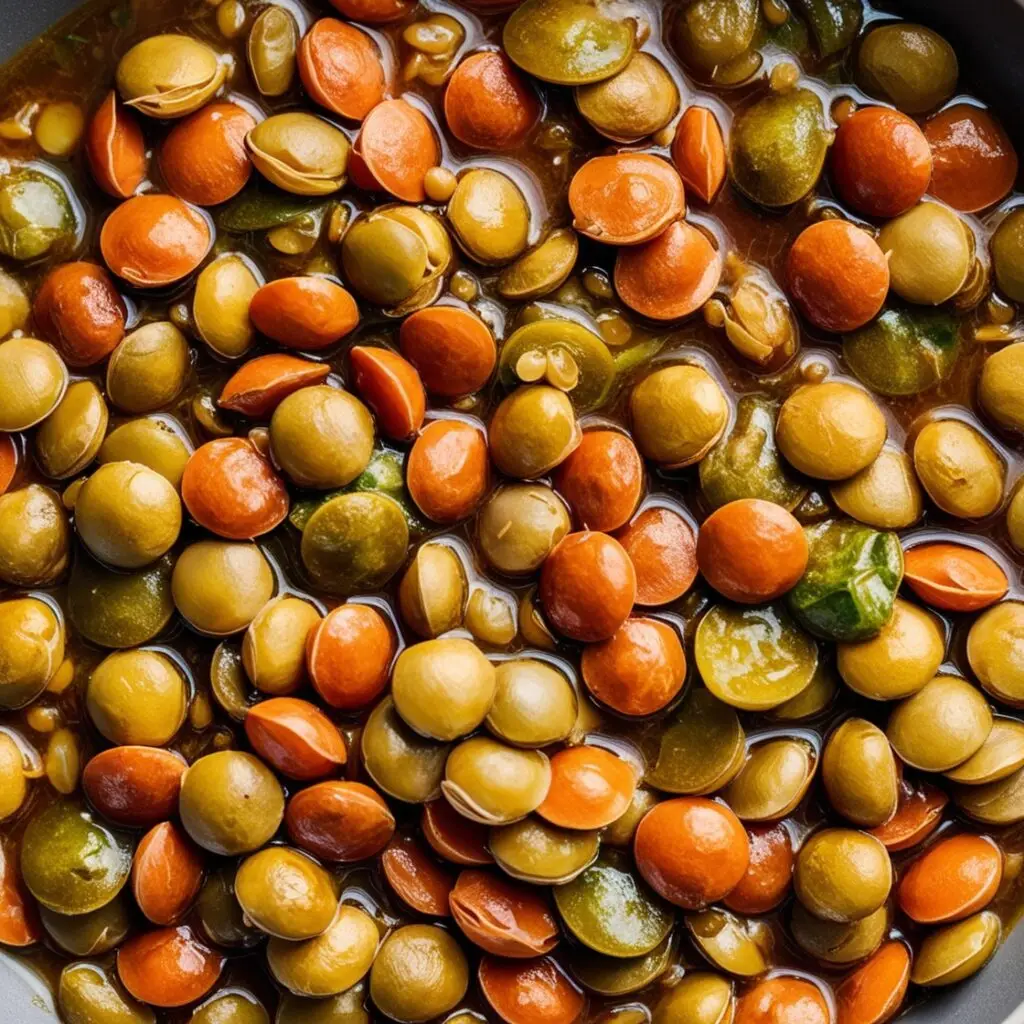
2. Lentils
Lentils are not only rich in fiber but are also a great source of plant-based protein. One cup of cooked lentils contains about 15 grams of fiber. Lentils can be easily added to soups, salads, and stews for a hearty, fiber-rich meal.
3. Black Beans
With 15 grams of fiber per cup, black beans are a fantastic source of both fiber and protein. They can be added to a variety of dishes, such as tacos, salads, and even breakfast burritos.
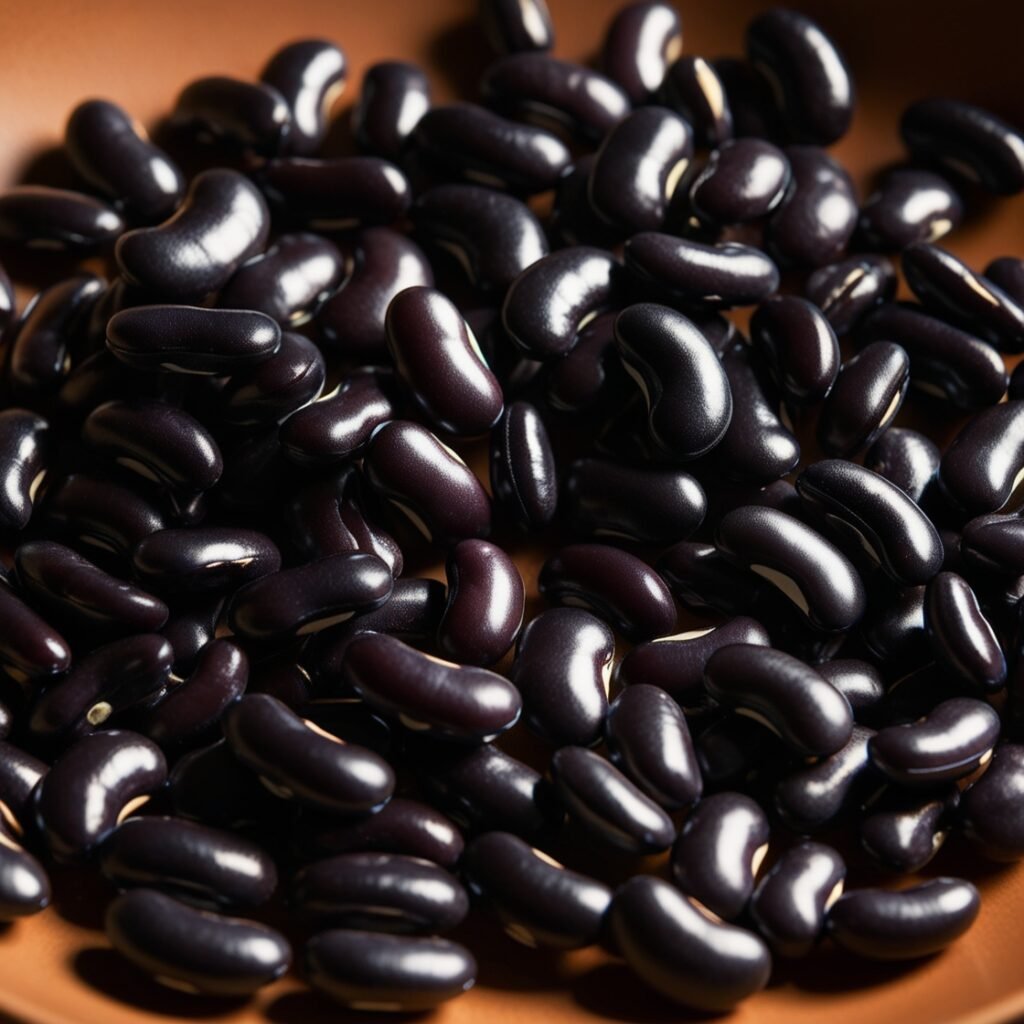
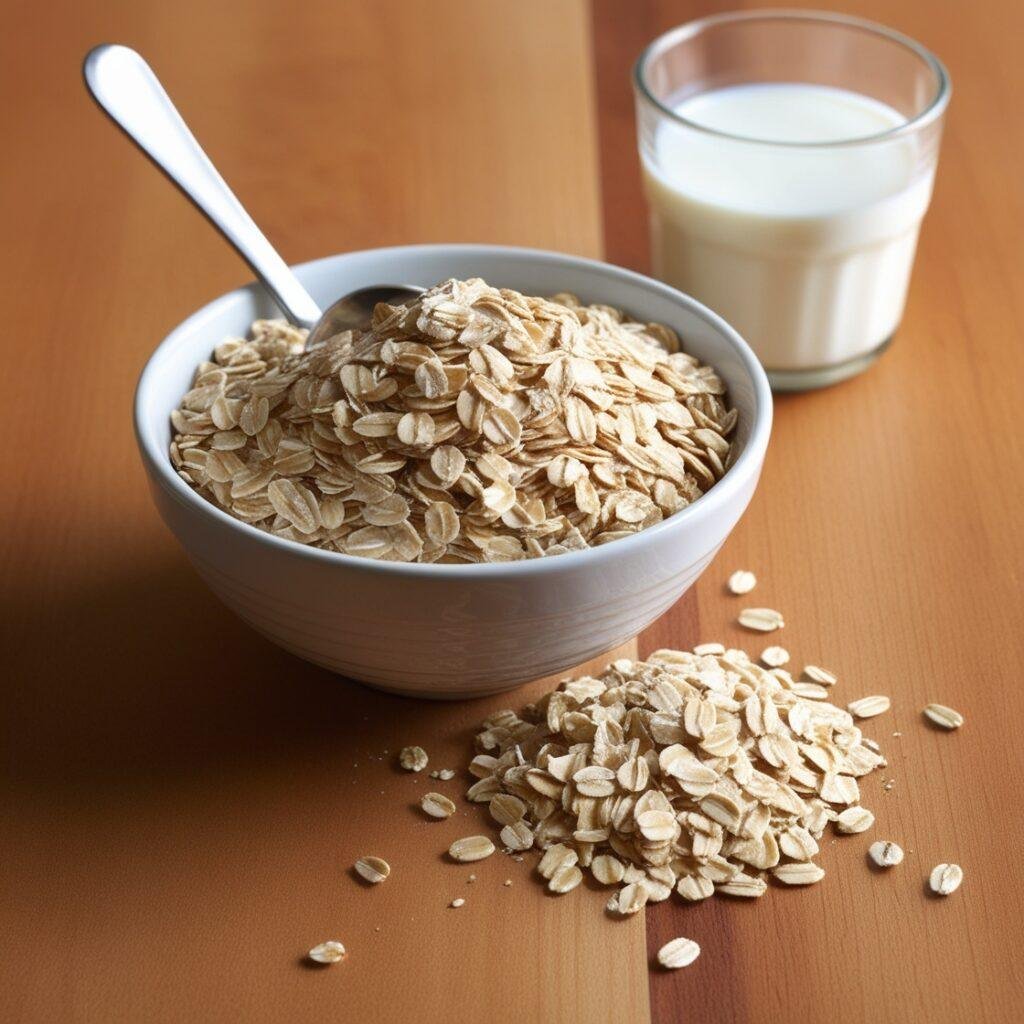
4. Oats
Oats are known for their high fiber content, particularly beta-glucan, a type of soluble fiber. A bowl of oatmeal can help you stay full for hours while also lowering cholesterol.
5. Avocados
Most people think of avocados as a source of healthy fats, but they’re also surprisingly high in fiber, with about 10 grams per fruit. Add them to salads, toast, or smoothies for a creamy, fiber-filled treat.
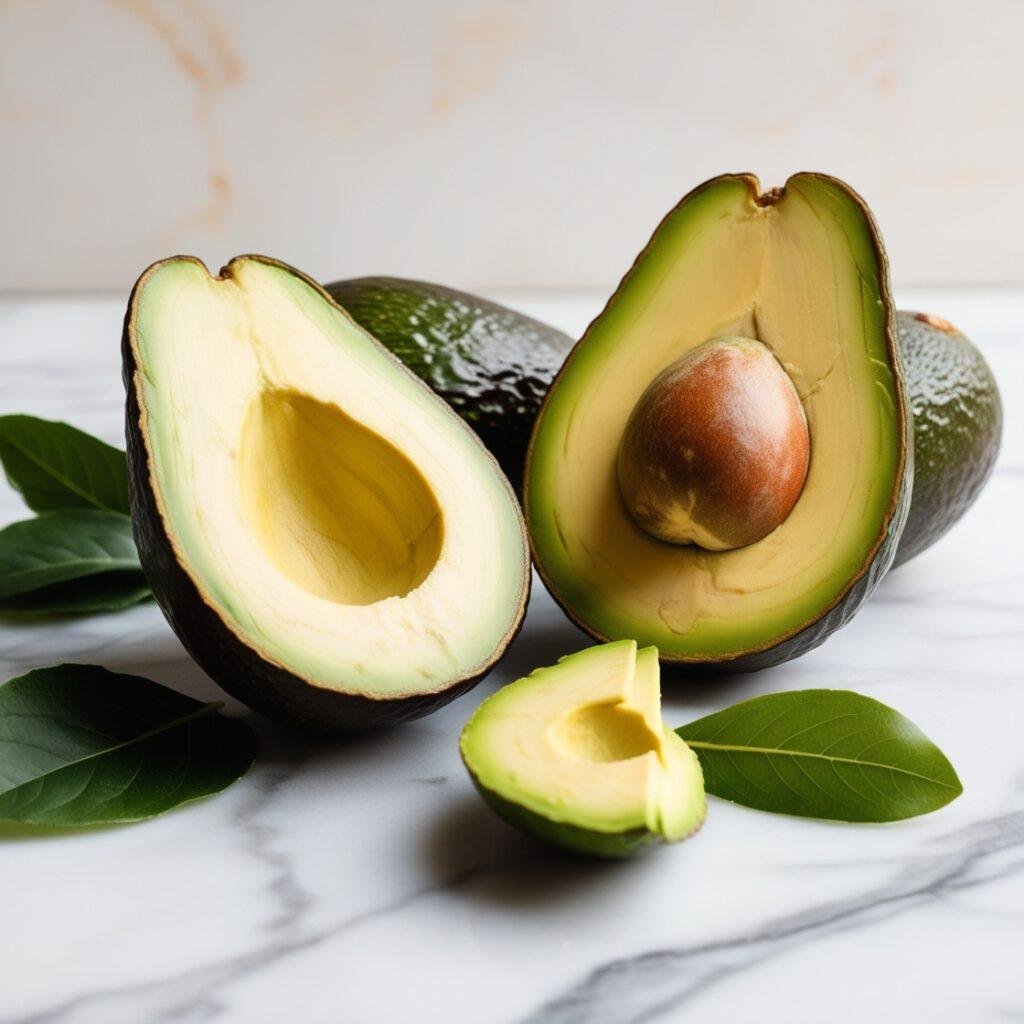

6. Raspberries
Raspberries contain a whopping 8 grams of fiber per cup, making them one of the fiber-richest foods. Enjoy them as a snack or add them to your morning cereal or yogurt.
7. Artichokes
One medium artichoke contains about 10 grams of fiber. Artichokes are a versatile vegetable that can be steamed, roasted, or added to salads and dips.


8. Pears
Pears are a delicious and hydrating way to boost your fiber intake, with about 6 grams of fiber in one medium pear. They’re perfect as a snack or baked into a dessert.
9. Barley
Barley is one of the fiber-richest foods that contains about 6 grams of fiber per cup. It’s perfect in soups, stews, or even as a base for grain bowls.


10. Sweet Potatoes
Sweet potatoes are loaded with fiber and other nutrients. One medium sweet potato contains about 4 grams of fiber and can be baked, mashed, or roasted for a healthy meal.
11. Almonds
Almonds are a great snack to keep on hand, offering about 3.5 grams of fiber per ounce. They’re perfect in trail mix, salads, or just on their own.

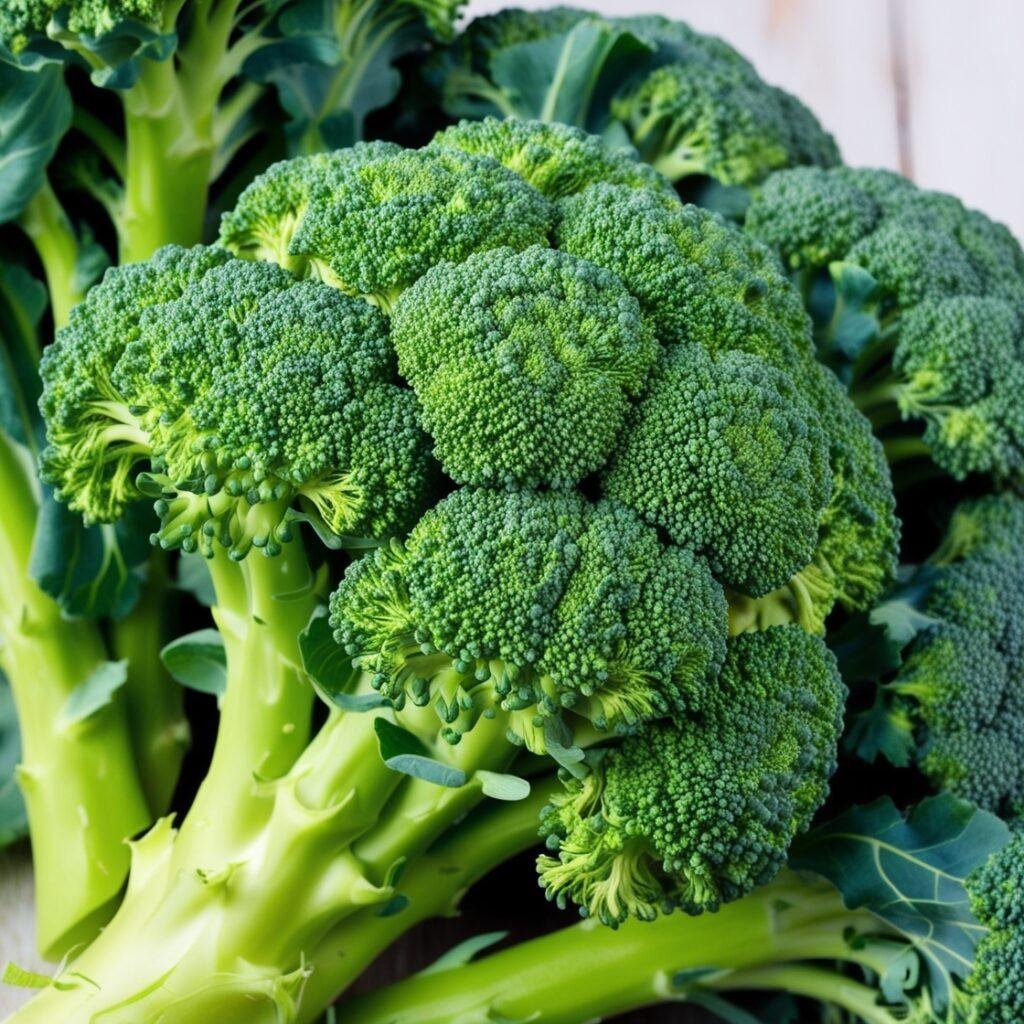
12. Broccoli
Broccoli is a nutritional powerhouse, offering about 5 grams of fiber per cup. Whether steamed, roasted, or raw, it’s a fantastic addition to any meal.
13. Quinoa
Quinoa is a fiber-rich grain that’s also high in protein. One cup of cooked quinoa contains about 5 grams of fiber, making it an excellent addition to salads and bowls.

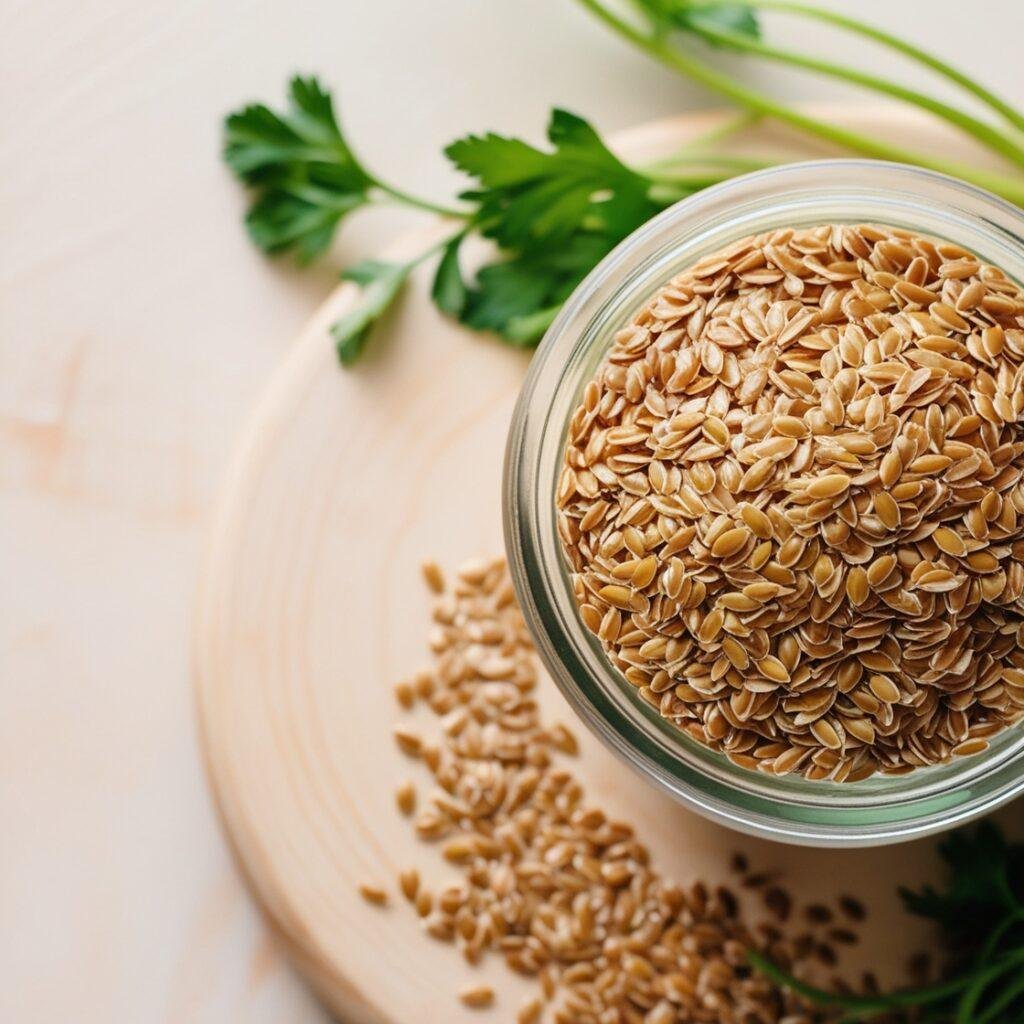
14. Flaxseeds
Flaxseeds contain both soluble and insoluble fiber, with about 3 grams per tablespoon. Add them to smoothies, oatmeal, or baked goods for an easy fiber boost.
15. Apples
With about 4.5 grams of fiber in a medium apple, this fruit certainly lives up to the saying “An apple a day keeps the doctor away.”

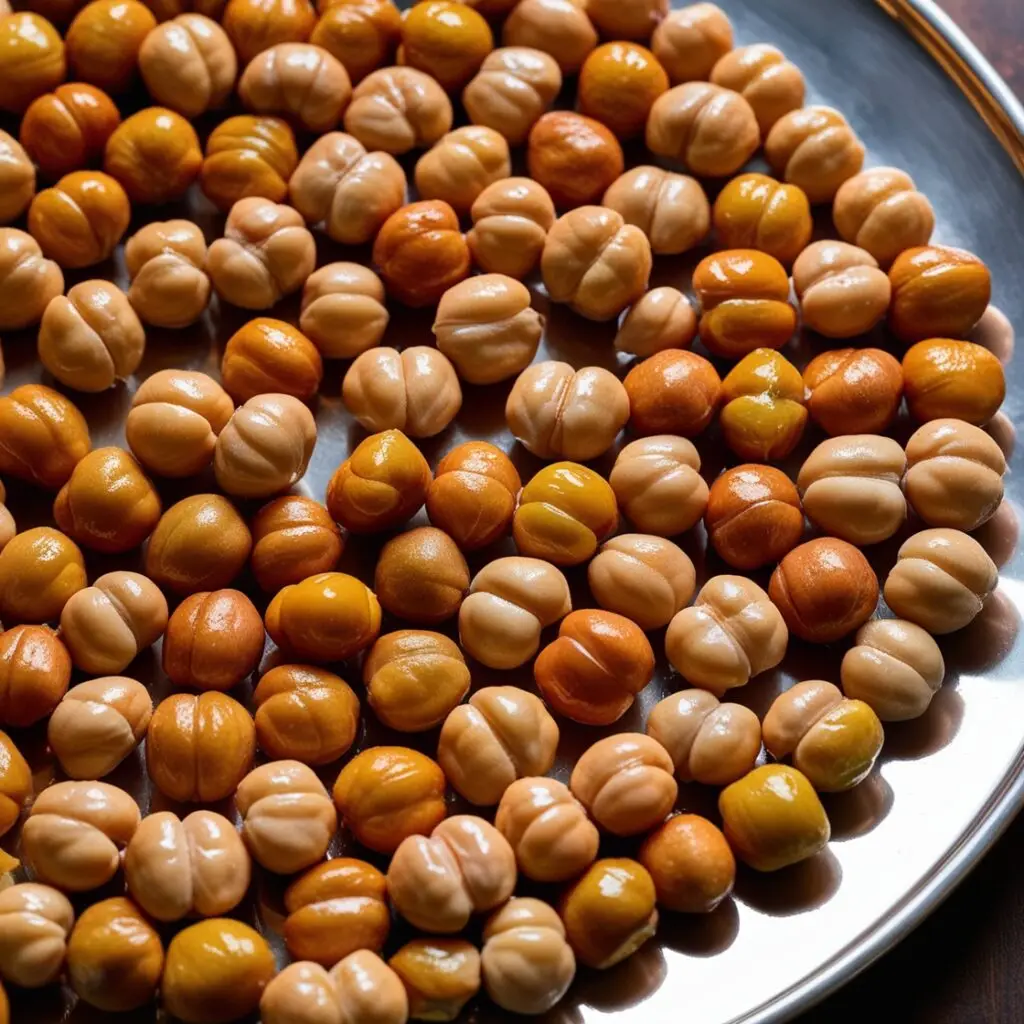
16. Chickpeas
Chickpeas offer about 12 grams of fiber per cup and are a fantastic source of plant-based protein. They can be added to salads, soups, or roasted for a crunchy snack. Hummus, made from chickpeas, is another delicious way to increase your fiber intake.
17. Brussels Sprouts
Brussels sprouts might be a divisive vegetable, but they’re loaded with fiber, offering about 4 grams per cup. Roasted, steamed, or sautéed, they are a great side dish that packs a nutritional punch.


18. Bananas
Bananas are best known for their potassium, but they also provide about 3 grams of fiber per medium-sized fruit. They make a great on-the-go snack or addition to smoothies and oatmeal.
19. Carrots
Crunchy and versatile, carrots offer about 3.5 grams of fiber per cup. Whether you enjoy them raw, roasted, or in soups, they’re a great way to add fiber to your diet.
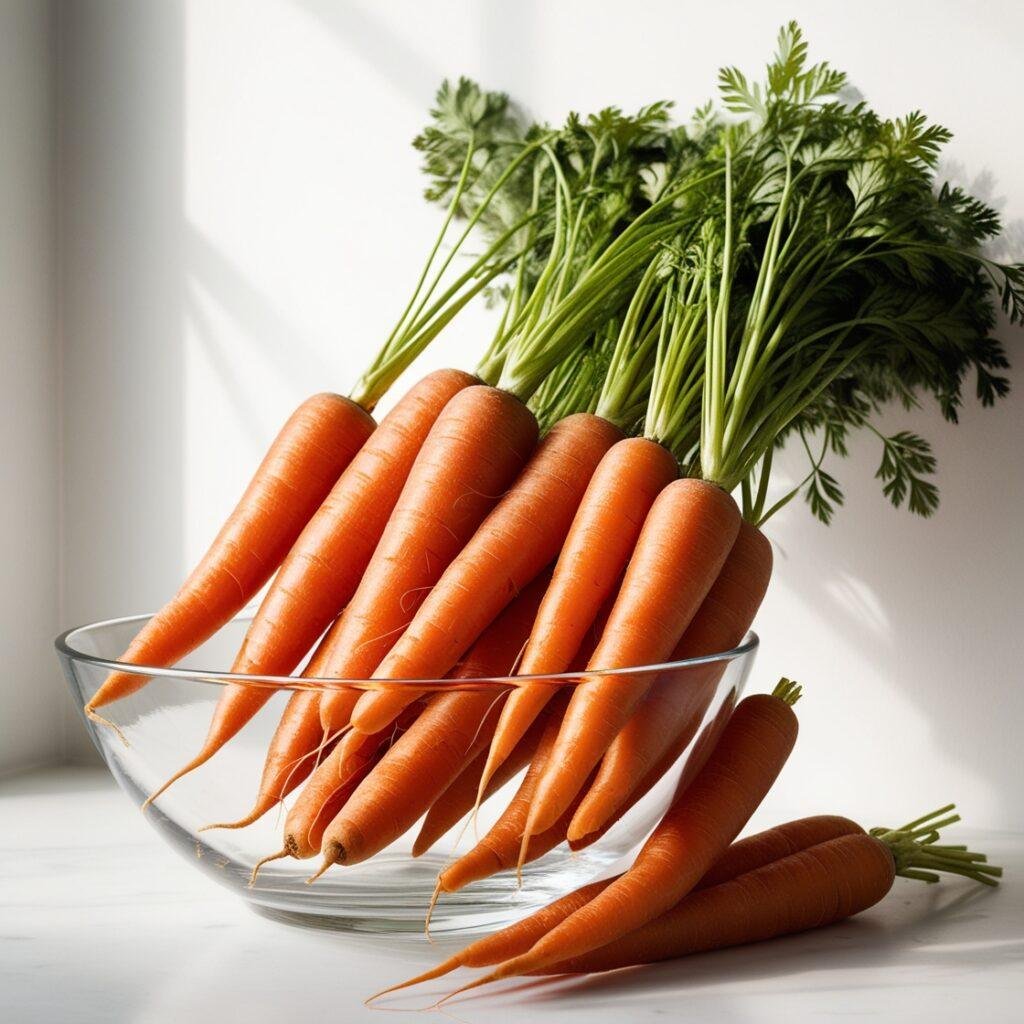
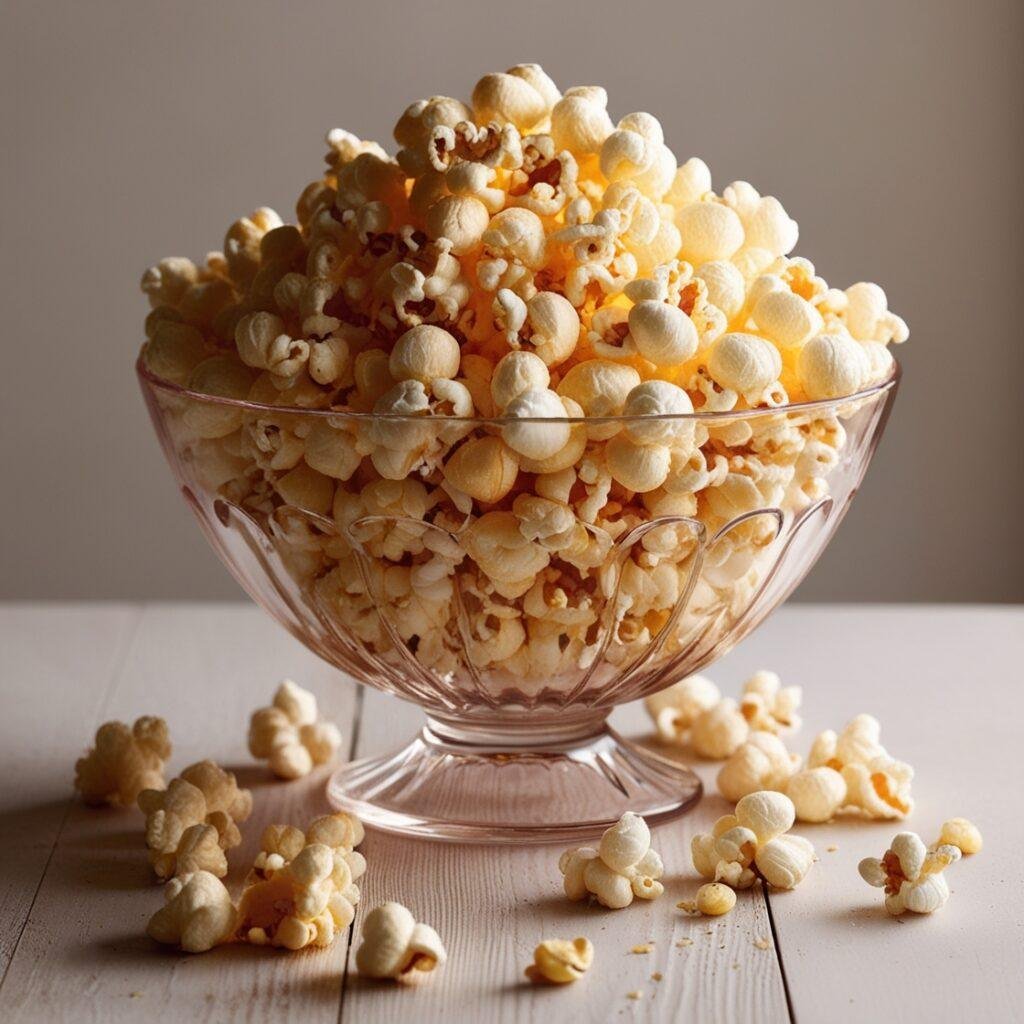
20. Popcorn
Popcorn is a whole grain and surprisingly high in fiber, with about 4 grams per 3-cup serving. As long as you skip the butter and heavy salt, popcorn can be a healthy option among the fiber-richest foods.
Conclusion
Eating enough fiber is crucial for maintaining good health. From supporting digestion to helping regulate blood sugar and promoting heart health, fiber should be a key part of your diet. The 20 fiber-richest foods we’ve covered—ranging from fruits like raspberries and apples to grains like quinoa and barley—are simple to incorporate into your meals. By doing so, you’ll not only feel better but may also lower your risk of chronic diseases and improve your overall well-being.
Start adding these fiber-richest foods to your diet today to balance fiber, and you’ll be amazed at the difference they make in how you feel. Your digestive system will thank you, and your energy levels will soar as you nourish your body with these powerful fiber-richest foods.
FAQs:
1. What are the best sources of fiber?
Some of the best sources of fiber include fruits like raspberries and apples, legumes like lentils and black beans, whole grains like oats and quinoa, and vegetables like broccoli and artichokes.
2. How much fiber should I eat daily?
The recommended daily intake of fiber is about 25 grams for women and 38 grams for men. However, most people fall short of this target, so it’s essential to focus on incorporating more fiber-richest foods into your meals.
3. Can I eat too much fiber?
Yes, consuming too much fiber, especially if done suddenly, can lead to digestive discomfort, including bloating, gas, and constipation. It’s best to gradually increase your fiber intake and drink plenty of water to help your body adjust.
4. What are the signs of low fiber intake?
Signs of low fiber intake include constipation, sluggish digestion, increased hunger, and potential weight gain. A diet low in fiber may also contribute to long-term health issues like heart disease and type 2 diabetes.
5. Can fiber help with weight loss?
Absolutely! Fiber-richest foods help you feel fuller for longer, which can prevent overeating and reduce your overall calorie intake. They also tend to be lower in calories, making them a smart choice for weight management.
